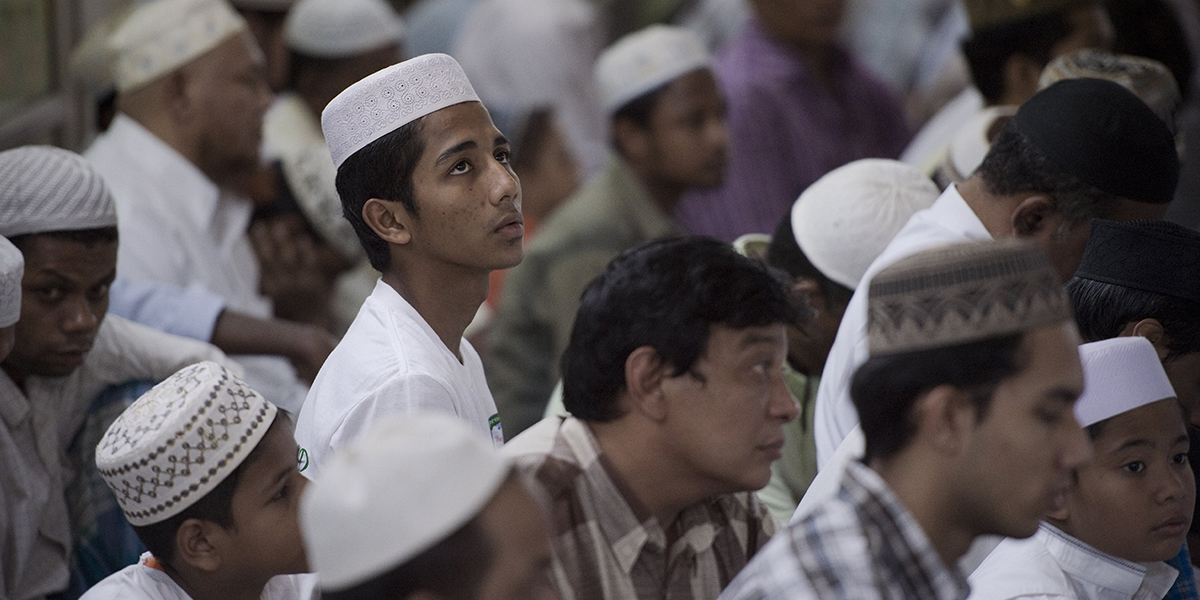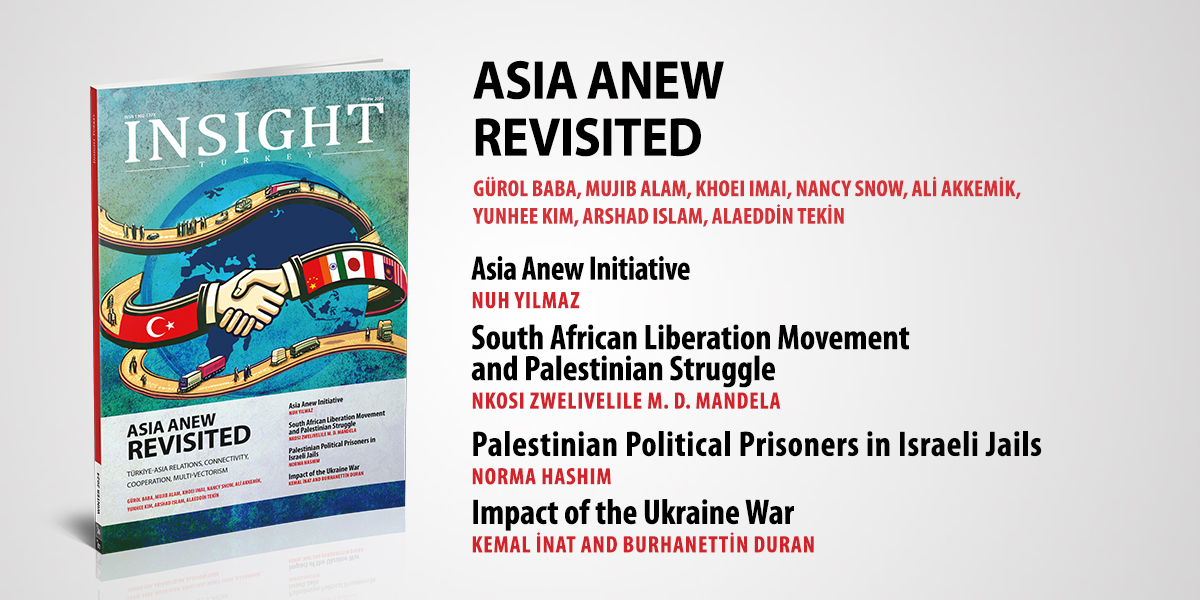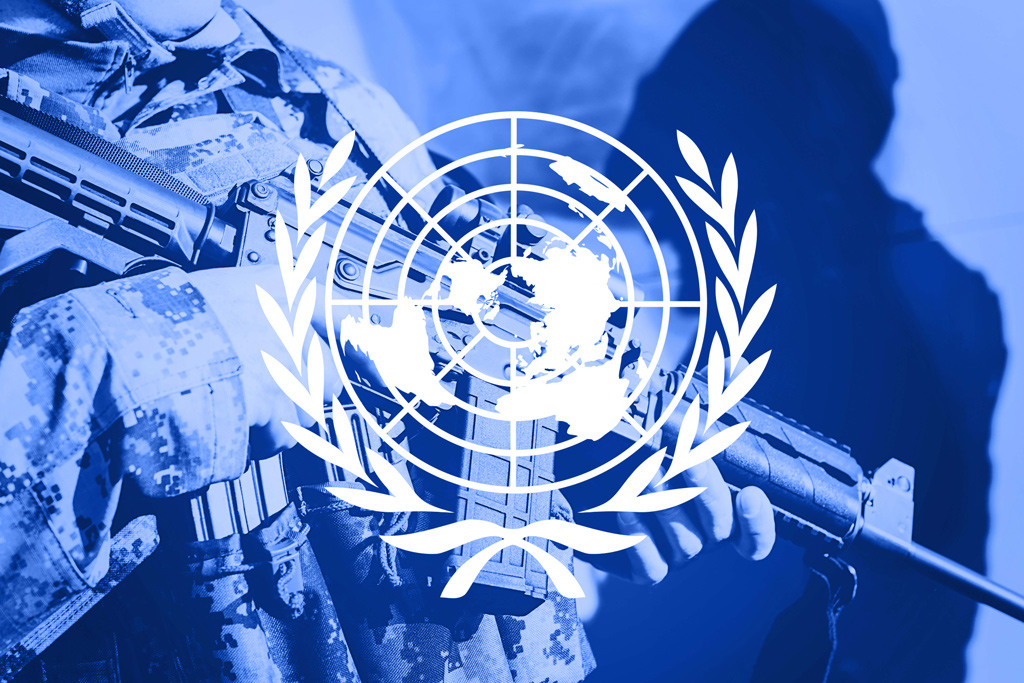
Bridging the Muslim-Buddhist Divide in Asia
Share
The multifaceted processes of globalization inevitably trigger contradictory tendencies of increased social mobility and interconnectedness on the one hand and rapid dissemination of stereotypes, perceptive distortions and extremist movements on the other. Therefore, maintaining a culture of tolerance, mutual understanding and peaceful coexistence especially in multi-ethnic, multi-cultural societies emerges as a serious challenge in the 21st century as we brace ourselves for more radical technological breakthroughs via the fourth industrial revolution. Despite endless conflicts exacerbated by the reversal of the Arab revolutions since 2010 in the Middle East and North Africa (MENA), the attention of the Muslim world began to shift toward Southeast Asia due to intensifying news of difficulties experienced by Muslim communities in Myanmar and the surrounding region. In line with the plight of the Rohingya Muslims, the need for more intensive interfaith dialogue and facilitative cultural diplomacy between the Muslim and the Buddhist communities to enable better mutual understanding and peaceful coexistence was brought to the intellectual, academic and diplomatic agenda.
Both Islam and Buddhism are major religious traditions with deep historical roots and practical experience of peaceful coexistence in close proximity over centuries in India, Central Asia, Thailand and the Malaya Peninsula. Given the conventional strategic importance of the Muslim world in global politics and the rising economic and geostrategic standing of East Asia in the international system, the formation of new channels of direct communication between the two faith-communities have acquired increased urgency. Despite various ethnic, religious and sectarian problems stirred by the exigencies of nation-state building and remnants of colonial legacy in Southeast Asia, there are strong commonalities between Buddhism and Islam on proper action that could serve as foundations for constructive interfaith dialogue. An effective inter-cultural, inter-faith dialogue, which would start from academics, intellectuals, artists and religious leaders on a civil level, is bound to facilitate a peaceful resolution of pervasive problems via participative means.
I was excited to take part in an international symposium last week on Buddhist-Muslim interfaith dialogue in the commercial crossroads of Southeast Asia and the capital of Thailand, Bangkok. Appropriately titled "Interfaith Dialogue and Peaceful Coexistence in Multicultural Societies," the event was the first of its kind and as such described as an "ice-breaking exercise." Jointly organized by the Research Centre for Islamic History, Art and Culture (IRCICA), the cultural subsidiary of the Organization of Islamic Cooperation and the Devawongse Varopakarn Institute of Foreign Affairs (DVIFA) of Thailand, the event brought together key diplomats such as Secretary-General of the OIC Iyad Ameen Madani; Vice Minister of Foreign Affairs of Thailand Virasakdi Futrakul; Director General of IRCICA Dr. Halit Eren; Former ASEAN Secretary-General Surin Pitsuwan and former Minister of Foreign Affairs of Malaysia Dr. Syed Hamid Albar. In addition to the strong diplomatic presence, it was truly inspiring to see the vibrant participation to the proceedings by more than two hundred academics, intellectuals, journalists and religious leaders.
One gets the impression that, despite ongoing socio-political problems on the ground, there is a sincere and strong willingness on both sides to initiate a process of rapprochement via academic, intellectual and cultural exchanges. For instance, Venerable Phra Dr. Anil Sakya, who holds a Ph.D. in social anthropology and acts as an assistant to the supreme patriarch of Thailand, made a touching speech calling for different faith groups to act in harmony like instruments in a symphony orchestra. Speakers in academic sessions, including myself, adamantly stressed the need for reforming national education systems, revising the school curricula, improving media content, and initiating youth programs in a way to underline mutual tolerance and peaceful coexistence. This spirit of intercultural harmony, if galvanized via successive meetings at the ASEAN level and extended civil exchanges, could provide the basic groundwork on which concrete problems of faith groups in different Southeast Asian societies could be discussed and resolved peacefully.
[Daily Sabah, January 22, 2016]
Tags »
Related Articles





